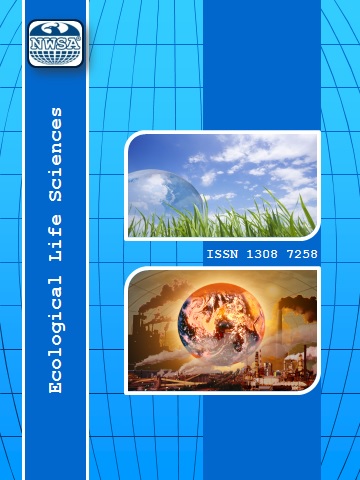DETERMINATION OF AROMATIC COMPOUNDS OF SOME PROMISING POMEGRANATE GENOTYPES
Mehmet Ali GÜNDOĞDU1
,
NESLIHAN EKINCI2
,
NILÜFER KALECI3
,
MURAT ŞEKER4
Pomegranate (Punica granatum L.) fruit, one of the most important antioxidant sources, is also rich in volatile component content. Four hybrid genotypes were used as material for this study. Those varieties were selected as promising varieties in breeding programme that carried out in Institute of Aegean Agricultural Research. It was aimed to determine the volatile constituents of the flavors of Type 18, Type 19, Type 38 and Type 40 by comparing of İ-1513 which is considered as standard variety. Volatile component contents of fruits of each genotype were extracted by using diethyl ether solvent for liquidliquid extractions. The amounts and identifications of the volatile compounds of extracted samples determined with a gas chromatographmass spectrometer. According to the obtained results, a total of 54 volatile compounds were determined in total pomegranate aroma profiles, including 14 alcohols, 14 esters, 8 terpenes, 8 aldehydes, 5 ketones, 3 saturated hydrocarbons and 2 phenols. Farnesyl Acetate and Limonene were found as important volatiles in Type 19 and Type 18, respectively. Those genotypes should be considered for both of table consumption and processing for fruit juice, in terms of aroma.
Keywords
Pomegranate,
Punica granatum L.,
Volatile Components,
Quality,
GC/MS,
 +90(535) 849 84 68
+90(535) 849 84 68 nwsa.akademi@hotmail.com
nwsa.akademi@hotmail.com Fırat Akademi Samsun-Türkiye
Fırat Akademi Samsun-Türkiye
